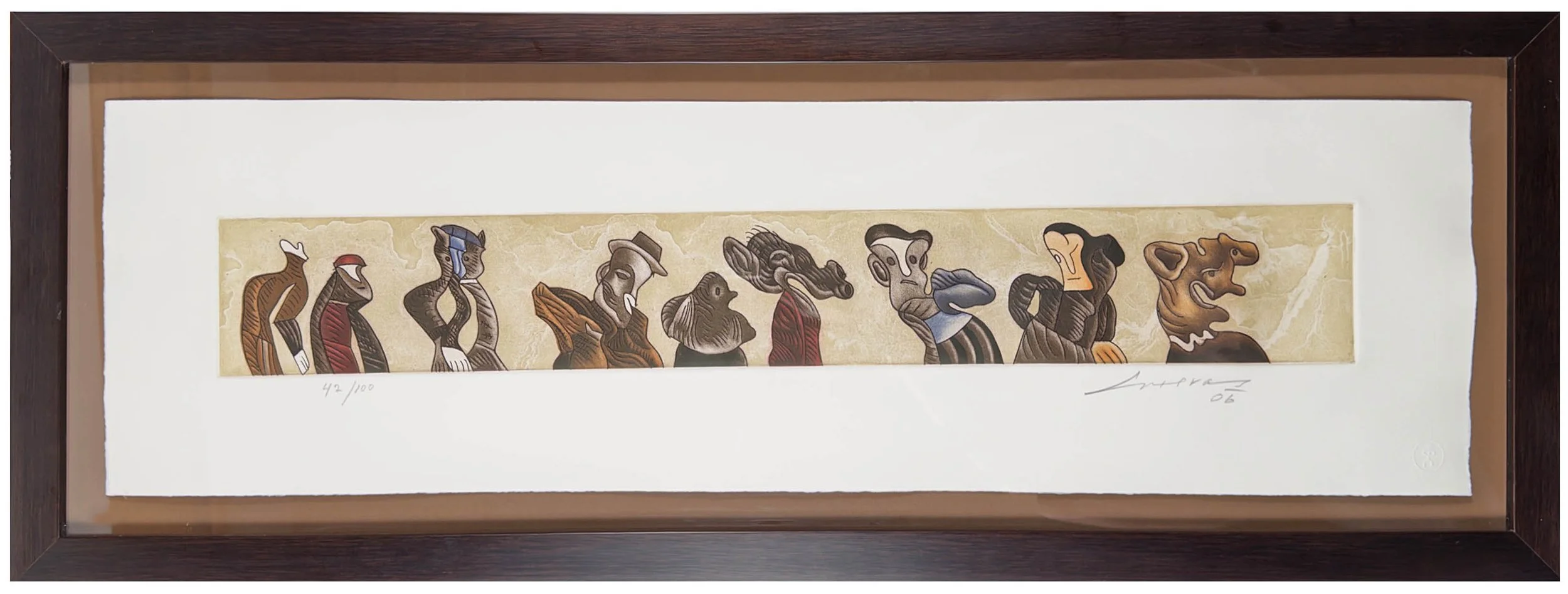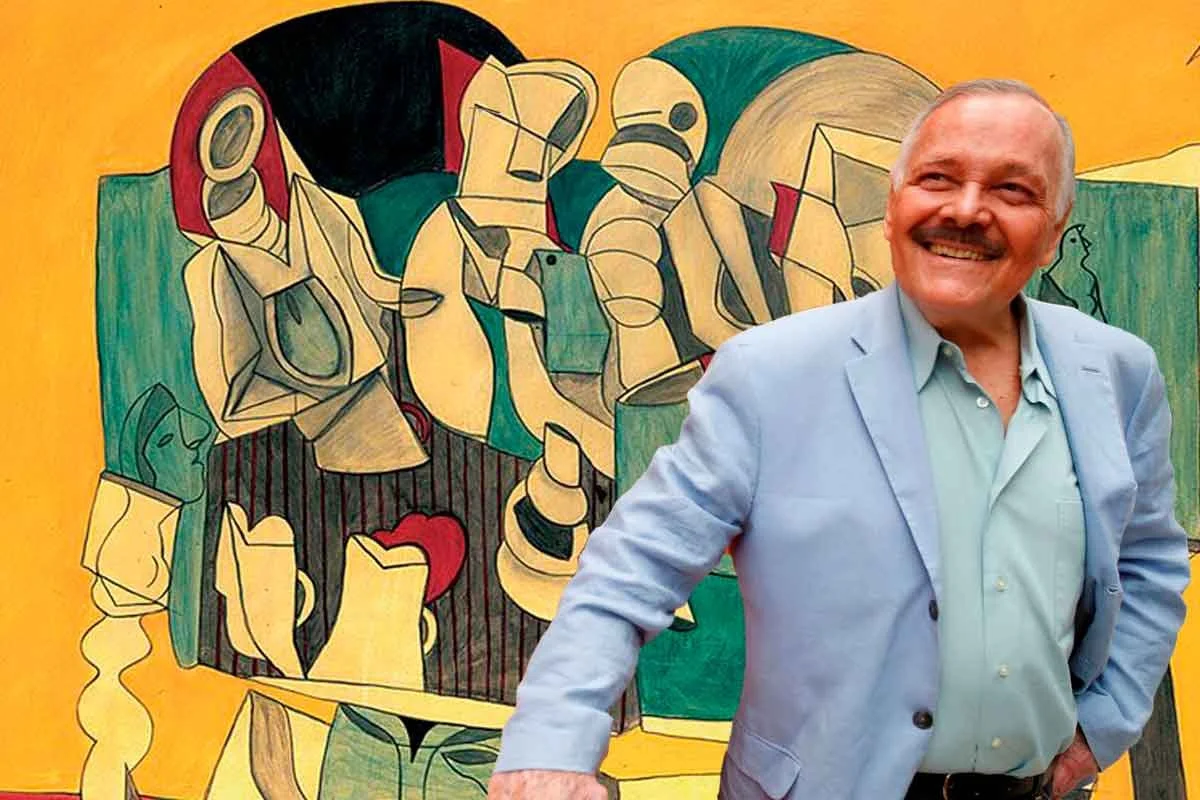José Luis Cuevas - prints and biography
José Luis Cuevas
José Luis Cuevas (1934–2017) was a renowned Mexican painter, printmaker, draftsman, and sculptor who played a pivotal role in reshaping modern Mexican art. Born in Mexico City on February 26, 1934, Cuevas received early training at the Escuela Nacional de Pintura, Escultura y Grabado “La Esmeralda,” and later pursued graphic arts at the Institución de Enseñanza Universitaria.
From the outset, Cuevas distanced himself from the dominant nationalist muralist tradition of Diego Rivera, José Clemente Orozco, and David Alfaro Siqueiros. Instead, he embraced distortion, grotesque imagery, and psychological depth, earning recognition as a central figure of the Generación de la Ruptura. His neo-figurative style depicted society’s outcasts—prostitutes, prisoners, the mentally ill—with raw honesty, confronting themes of alienation, decay, and inner turmoil.
His first exhibition took place in 1953 at Galería Prisse in Mexico City, followed by a 1954 show at the Pan American Union in Washington, D.C. Over the decades, Cuevas’s work was exhibited internationally in Paris, New York, Rome, Vienna, Venice, São Paulo, Madrid, and Santiago. He also participated in important printmaking workshops, including Tamarind Lithography Workshop in Los Angeles, Polígrafa Obra Gráfica in Barcelona, and Kyron Ediciones in Mexico City. His prolific output included ink drawings, gouache, watercolors, etchings, and lithographs, each medium reinforcing his expressive and confrontational vision.
Cuevas’s contributions were widely recognized. He was awarded the Drawing Prize at the V Biennial of São Paulo (1959), Mexico’s National Prize of Science and Art (1981), the French Ordre des Arts et des Lettres (1991), and the Tomás Francisco Prieto Award in Engraving from Queen Sofía of Spain (1997). His legacy endures through the José Luis Cuevas Museum in Mexico City, which houses a significant collection of his works and stands as a monument to his role in redefining Mexican modernism.
Cuevas remains celebrated as an uncompromising voice whose art gave visibility to society’s margins, challenging viewers to confront uncomfortable truths through his fearless imagery.

